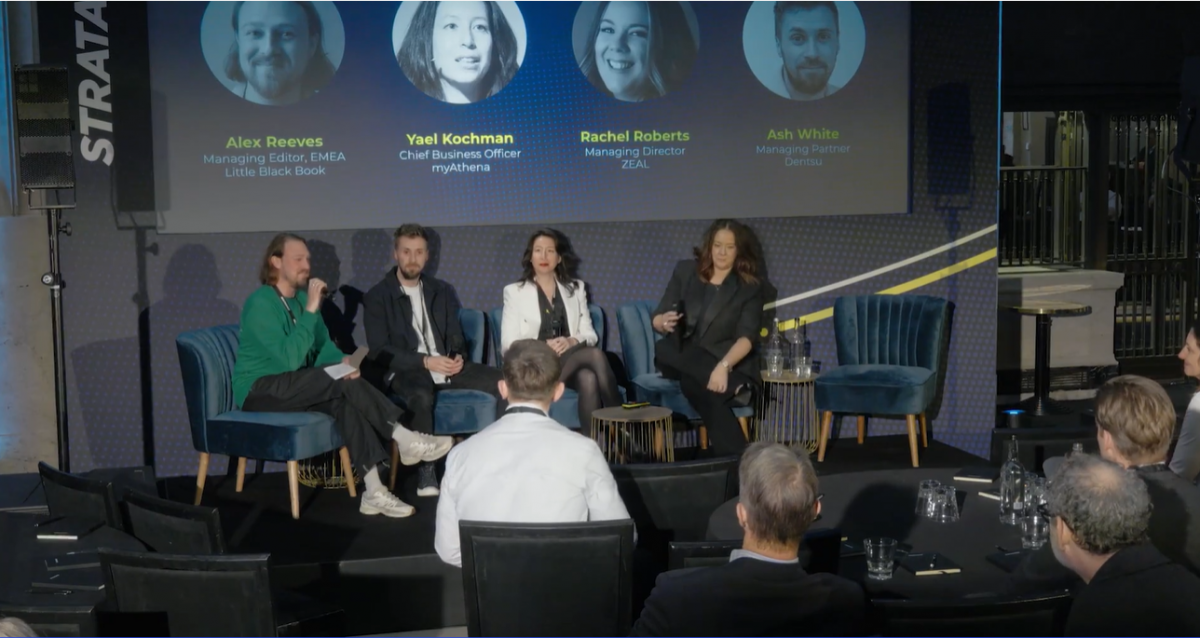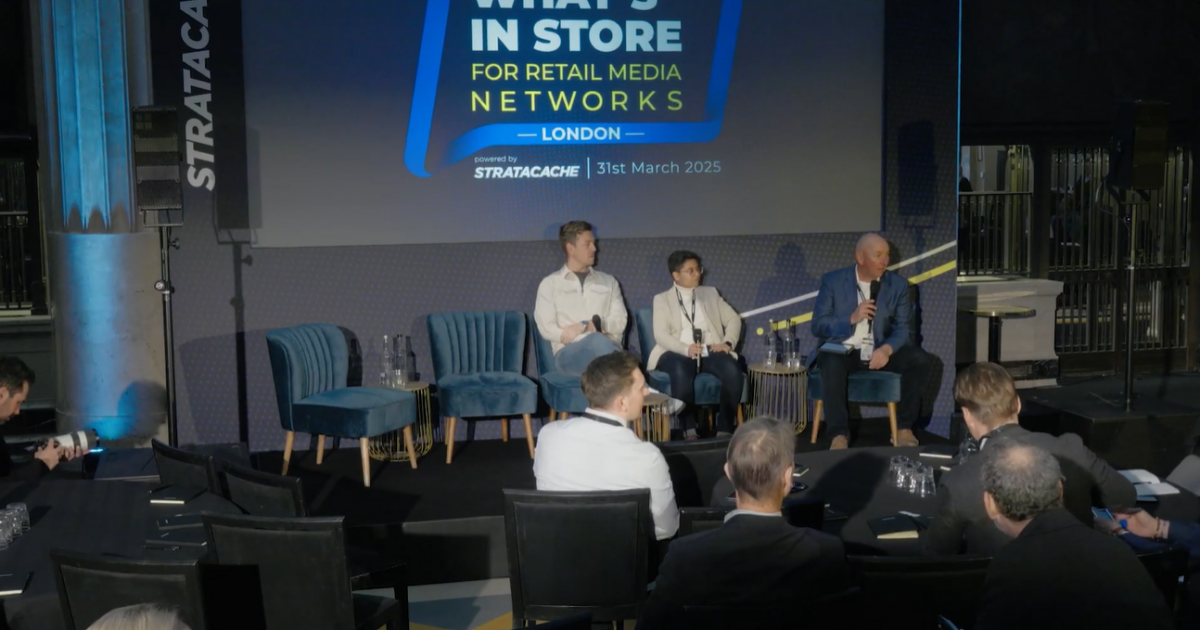Iceland’s Bold Approach to In-Store Innovation
In the ever-evolving world of retail media, it’s easy to focus on the buzz surrounding online channels. But at the What’s In Store for Retail Media Networks event in London, the spotlight turned toward a particularly bold and refreshing in-store approach — straight from the frozen food aisle. One of the final sessions of the day saw Bryan Roberts, Retail Futures Senior Partner at IGD, talk to Adam Smith, Head of Retail Media at Iceland Foods about how the beloved U.K. supermarket is charting new territory with in-store retail media.
From Digital Displays to Real-World Impact
Smith made it clear that Iceland Foods is embracing innovation with speed and purpose. With over 1,000 stores across the U.K., Iceland is leveraging its footprint to test and scale new digital solutions, piloting small-scale digital signage deployments that could eventually transform its in-store experience.
Smith underscored that Iceland isn’t just investing in screens for the sake of it — the retailer is focused on what works. “We’re trialling, we’re learning, and we’re not afraid to say when something doesn’t work,” he said. This honest, test-and-learn approach is already yielding lessons that are helping the brand better understand customer behavior, store environments, and the kinds of content that actually drive engagement.
Bridging the Gap Between Brand and Store
Roberts and Smith both highlighted that one of the biggest untapped opportunities in in-store retail media lies in tighter collaboration between retailers and brands. Iceland is now actively working to bring CPGs into its media journey, opening up new possibilities for targeted, real-time messaging near the point of purchase.
Smith explained that brands are eager for solutions that blend performance with proximity — something Iceland’s in-store media is well-positioned to deliver. With plans to integrate smarter analytics and connect the dots between screen exposure and sales, Iceland’s in-store network could soon offer a closed-loop proposition that rivals its online counterpart.
Keeping It Simple, Measurable and Customer-Focused
For Iceland, the key to scaling in-store retail media lies in keeping things straightforward. “Simplicity wins,” Smith stated, adding that any in-store media programme must be easy to operate, measure and scale. Iceland is currently prioritising solutions that minimize friction for store staff and deliver clear ROI for brands.
That simplicity also extends to the customer experience. Iceland is conscious of the fine line between helpful information and digital clutter. Content strategies are being designed with the shopper journey in mind — relevant, timely, and respectful of the in-store environment.
A Blueprint for the Future of In-Store Retail Media
As the session wrapped, Roberts noted that Iceland’s journey is a compelling case study for retailers of all sizes. By focusing on practical innovation, cross-functional partnerships, and customer-first thinking, Iceland is creating a blueprint for what in-store retail media can — and should — look like.
You can watch the full masterclass here. You can access all of the masterclasses from the What’s In-Store for Retail Media Networks event in London here.







